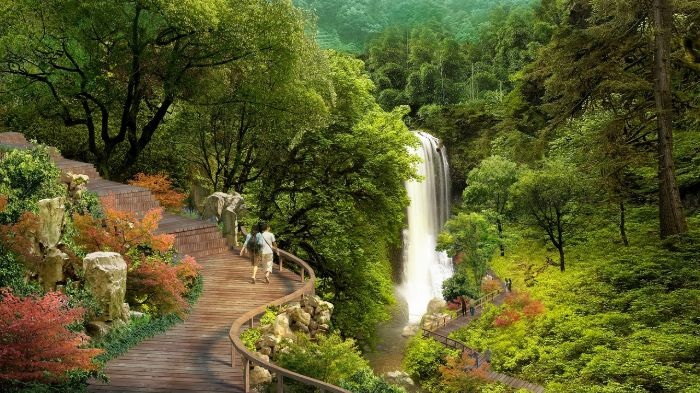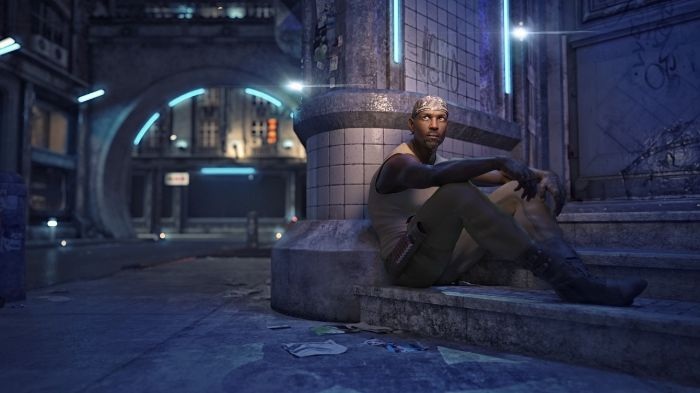We have certainly come a long way from our rock painting days in prehistoric times, yet, that is the birthplace of modern-day graphics and animation. The crudely sketched monochrome images of our ancestors illustrate the significance of recreating the images that have made an impression on us, and the way in which those pictures can convey a message, later became a turning point – giving us insights into the lives of previous civilisations, like that of ancient Egypt through studying their hieroglyphs.
Today, we have the means to create complex and colorful static images as well as moving graphics. With the variety of skills brought to the industry by various artists, as well as the wide range of tools made available to us, the way in which we illustrate has evolved to suit the various industries and purposes served by animation.
The evolution of animation and graphics in films

While Disney may have claimed the spot for being the best-known animated film producer, many other names have become prominent, bringing a new look to the screen. When you look at the way in which the creators of Disney’s Snow White and the Seven Dwarfs was painstakingly hand-drawn, sequence by sequence, the emergence of CGI was a true blessing. In fact, it came at just the right time.
Cue SFX and CGI
As attention spans began to decrease, and the need for faster, brighter, more action-packed sequences began to rise, computer-generated images were ready to step in. In 1973, the sci-fi, Westworld, was the first to use CGI effects and blend them into real-time film. They had to color-separate each frame which was then pixelated before being edited and converted back to achieve the iconic scene.

16 years later, the first emulated water effects were used in the film The Abyss, in 1989. In 1993 Jurassic Park, debuted similar groundbreaking effects, this time crafting a whole horde of prehistoric beasts. James Cameron’s Titanic in 1997 used over 500 visual effects, with the film undoubtedly being ocean’s away from Walt Disney’s Steamboat Willie, 69 years previous. From there, CGI has simply grown and improved, creating visual effects we could never have dreamed of, even a decade ago.
The improvements in gaming animations
The gaming industry, on the other hand, uses real-time computer graphics (also known as real-time rendering) primarily, as a subcategory of CGI. Video games use CGI occasionally when they include pre-cut scenes or cinematic introductions. Real-time computer graphics enable the software to evaluate the images and manipulate them in real-time, giving players control over their characters.
Online casino games like Video Slots, have vastly improved their graphics, and have partnered up with major names in Hollywood to improve and further the capabilities animation used in online slots, giving gamers a far more immersive effect. Examples include major cinema blockbusters like The Dark Knight Rises, The Incredible Hulk, Castle Builder, and Avalon 2. The idea was to create lifelike sequences that has the player enjoying a similar quality experience they’d get from watching the film. It’s fascinating to observe the leaps made, even in this fragment of the entertainment industry, and illustrates our inherent fascination with alternative realities.
All-in-all, the world of animation and graphics is becoming ever-more realistic. As in art, there are new styles constantly emerging and artists continue to experiment with artistic techniques, other than just aiming for hyper-realism.
